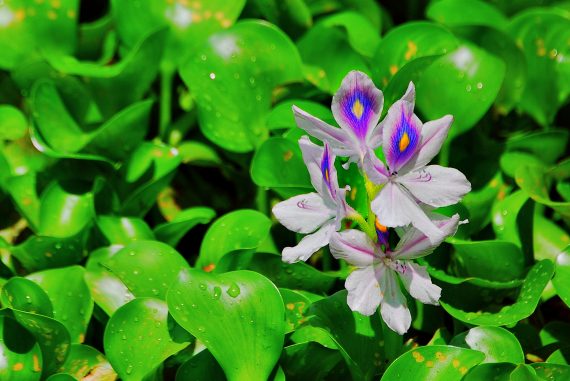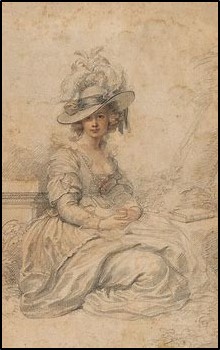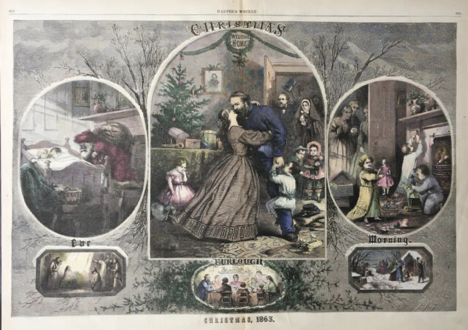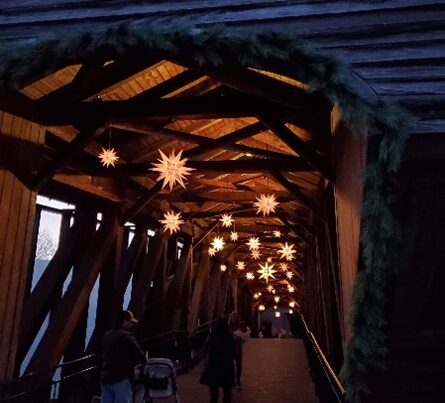In America, there are a lot of places you can go that will make you feel like you’re in a foreign country. Certain areas of Miami, Phoenix, or San Francisco immediately come to mind, and you might feel like you need a passport to go there. However, I firmly believe that when I travel to some parts of Louisiana, I feel like I’ve left the planet entirely. Louisiana is the ultimate alien experience. They have people, plants, and creatures there that simply defy description.
Remember the Rodents of Unusual Size in the Fire Swamp of the “The Princess Bride?” Well, they actually have them in Louisiana. They are called nutrias, and they are basically rats the size of small coyotes. As the story goes, they were brought into Louisiana in the 1930’s by E.A. McIlhenny, who was the same guy that invented Tabasco Sauce. His plan was to keep them in captivity on Avery Island and breed them for fur. At this point, the story gets confusing, because it keeps changing. Either the rats unintentionally escaped into Vermilion Bay, or McIlhenny let them out on purpose to eat some invasive vegetation. At the time, McIlhenny boasted and bragged that he was the first person in Louisiana to release nutrias into the wild. Later, when they multiplied into ridiculously destructive hoards, he kind of rolled back that story a little bit. Even the Tabasco Sauce website goes to a lot of trouble to distance Mr. McIlhenny from the controversy.
However, it would be one thing to see a wild nutria lumbering along the side of the road in Lafayette, Louisiana. Imagine driving to a Ragin’ Cajun football game and seeing wild African hippos grazing in the river. Well, it came within an eyelash of actually happening in 1910.
It all goes back to the 1884 World’s Fair that was held in New Orleans. The Japanese delegation presented a gift of water hyacinths to the state of Louisiana, and that started the whole ball rolling. They aren’t true hyacinths like you might see pop up in your garden in early Spring alongside the tulips, but they do have a purple bloom that resembles a hyacinth. If you’ve ever seen a koi pond in someone’s yard, you’ve probably seen some. Water hyacinths are floating plants that multiply worse than rabbits, and can quickly choke and clog an unsuspecting waterway. They are beautiful in a controlled water garden. They are dangerously invasive in the wild. They tend to prefer hot, humid, boggy conditions. At the time, no one in Louisiana knew what they were in for.
In less than 20 years, the swamps, bayous, inlets, rivers, and bays of Louisiana were almost unnavigable due to the explosion of water hyacinths, and there was nothing they could do to get rid of them. The army even tried pouring oil on them and setting the swamps on fire to burn them out. But as it turns out, their scattered seeds can survive for almost 30 years. The state of Louisiana needed a solution, and they needed it fast. That’s when a U.S. Congressman named Robert Broussard came to the rescue with a couple of unusual partners and an ingenious plan.
One of Broussard’s partners was the legendary adventurer Frederick Burnham, who was the father of the Boy Scouts of America. The other partner was the rather shady German big-game hunter Fritz Duquesne, who spied for Germany during both world wars, and was eventually arrested by the FBI and convicted of espionage. Both of these daring men had been assigned to assassinate each other in South Africa during the Second Boer War, so their post-war partnership was remarkable to say the least. In other words, they were perfect for Louisiana. Together, they formed a company called The New Food Supply Society, and tried to kill two birds with one stone. The idea was to import and turn loose a bunch of wild hippopotamus from Africa into the swamps of Louisiana, and let nature take its course. Broussard, Burnham, and Duquesne argued that the hippos would eat up all the water hyacinths that were creating aquatic dead zones all over Louisiana, and would also provide a significant source of meat for Southern hunters. They envisioned the entire Gulf Coast becoming a vast hippo ranch to help deal with America’s devastating meat shortage. “Hippopotami for Dixie,” they promised. I asked Carl Jones if he thought he could field dress a hippo, and he said, “Heck, yeah, although it would require much heavier tools.” Like maybe a bulldozer and a log truck.
With the full support of Theodore Roosevelt and the US Department of Agriculture, Broussard introduced H.R. 23621, also known as “The American Hippo Bill,” in 1910. Despite having strong support from some big lobbyists in Washington, it fell just one vote short of passing. Without the support of Congress, Broussard dropped out, and Burnham and Duquesne tried separately to continue the project. However, the Mexican Revolution and World War I would eventually divert their attention elsewhere, and the idea was eventually forgotten. There would be no hippeaux for the bayou.
And how did the state of Louisiana deal with the continuing crisis of the water hyacinth? Well, in the 1930’s, a guy named McIlhenny thought he had the solution…







